The #1 Reason You Should visit San Jose, Costa Rica
Our initial plan was to spend a month relaxing at the beaches of Puerto Viejo de Talamanca, but we soon realized that laying on a beach fulltime wasn’t right for us, so we cut our beachside stay short and headed inland to San Jose, Costa Rica, a little earlier than originally planned. We are so glad we did! The National Museum of Costa Rica is now our #1 top must-see attraction in San Jose Costa Rica! In this blog post, we detail our tour of the museum, including its architectural splendors and the fascinating insights we gained into Costa Rican history and culture.
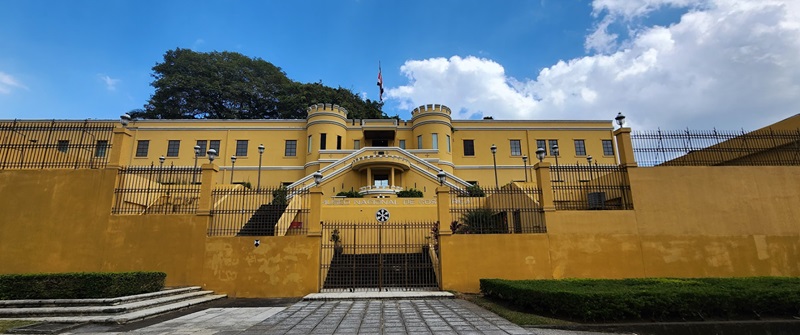
What We Learned About the National Museum of Costa Rica
The National Museum building was originally constructed in 1887 as the Bellavista Fortress, a military headquarters. It was later converted into a museum in 1950.
The museum’s collection includes a number of pre-Columbian ceramic artifacts from the Curridabat culture, which inhabited the Central Valley region of Costa Rica between 500-1500 AD. These artifacts are noted for their intricate designs and are considered some of the finest examples of pre-Columbian ceramics in the country (Snarskis, 1981).
One unique exhibit features the fossilized remains of a giant ground sloth, a now-extinct mammal that roamed Costa Rica during the Pleistocene era. The fossil was discovered in 1964 and is estimated to be over 10,000 years old (Valerio, 1991).
The prior history of the building as an army barracks is highlighted in a few exhibits but overall the museum does a great job with several different aspects of Costa Rica history from pre-Columbian to conquest/colonization and through the modern age. Exhibits on the currency changes over the centuries are good enough but nowhere near the level of detail the bank museum goes into.
The civil war of 1948 is covered in a very factual way, without a lot of editorializing about the causes and justifications. That period is very important to modern Costa Rican history – the abolition of the army changed the fabric of society and government.
Quick Facts
- Where is it: The National Museum of Costa Rica is on Av Central, basically across the street from the Jade Museum; they are separated by the Plaza de la Democracia. You can find it here on Google Maps
- When is it open: The National museum of Costa Rica is closed on a few holidays more than the Jade Museum so be sure to look at their website. Normal hours are Tues-Sat 8:30 am to 4:30 pm and Sunday 9 am to 4:30 pm. Note: they are always closed on Monday
- What does it cost: Adult admission was US$11 (for tourists) | Tickets are only sold in person at the door.
What we experienced on our visit to the National Museum of Costa Rica
The National Museum of Costa Rica is heavily tilted towards the political and military history of the country. The fact that the building was originally a major Army barracks lends itself to that. However, they do a very good job covering the economic and cultural history of Costa Rica.
The main entry is into a the butterfly garden. You can either go into the SW tower and up then visit the central courtyard and then visit this garden on your way out or ascend the ramp up through the garden / atrium area to the top level.
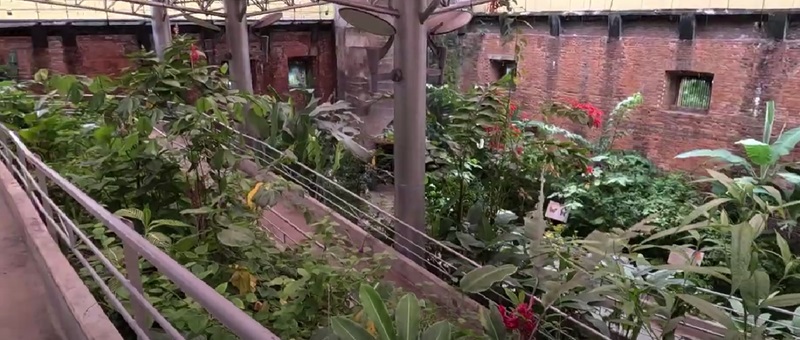
This museum does a very good job at covering the regions history. It is expansive and well thought out.
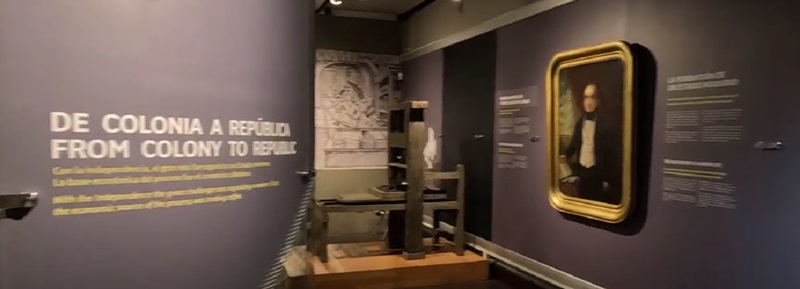
Of all the places we visited in San Jose, this was one of the most enjoyable and interesting.
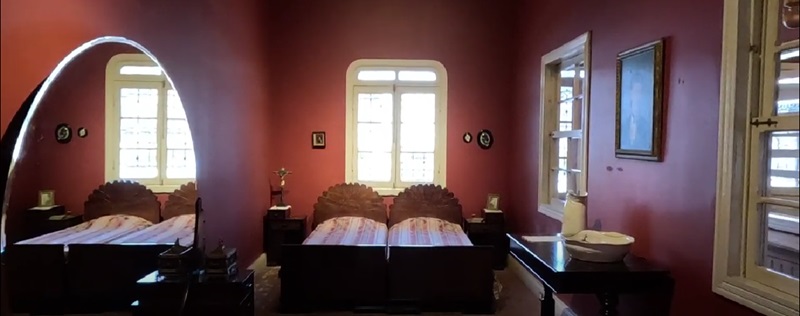
Costa Rica abolished their army in 1948 and a large portion of the top level of this museum is dedicated to giving a glimpse into the daily life of an Army barracks.
Exhibit space is given to Agriculture, Education, Technology as well.
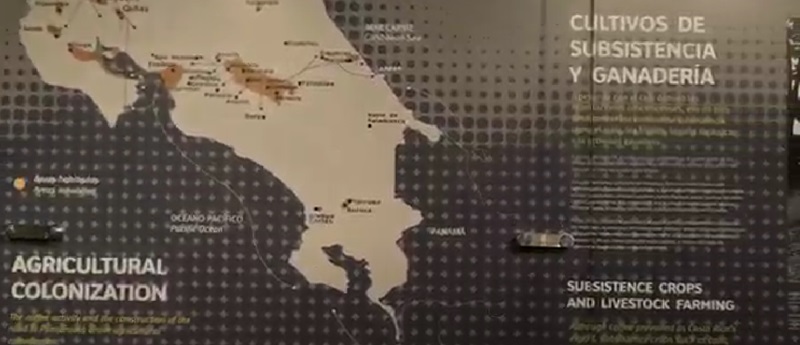
If you had a single day to spend in the capitol we would recommend getting a tour of the National Theater of Costa Rica and visiting this museum as the top priorities.
Omg, the Architecture!
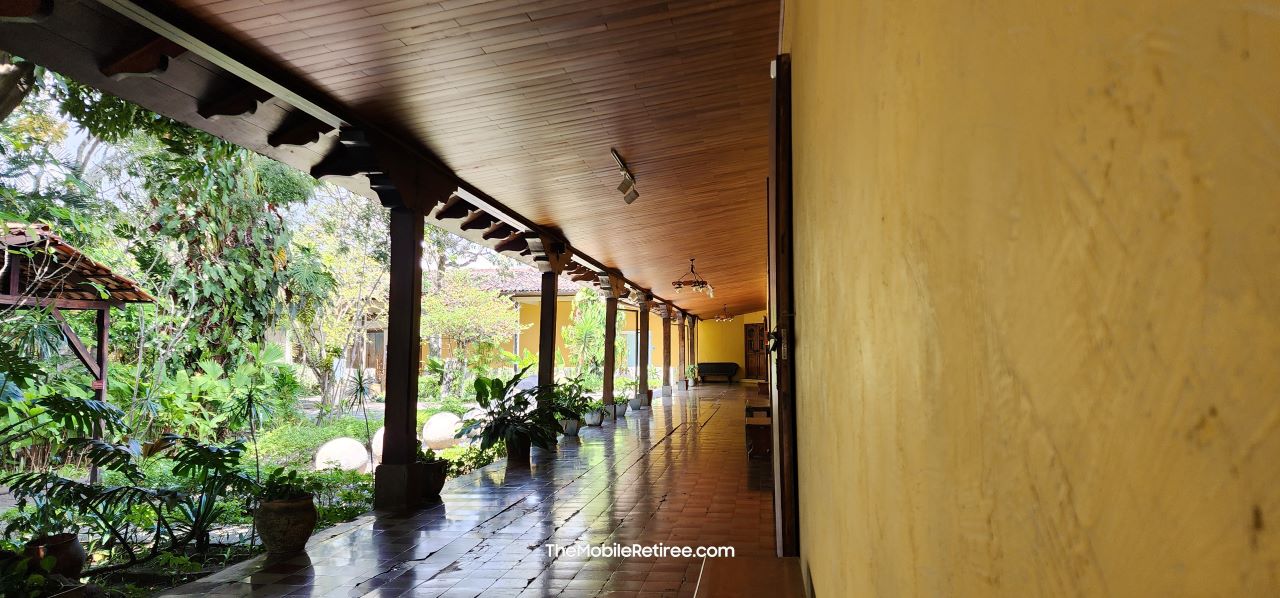
The imposing building of the former Bellavista Barracks, declared a Historic Architectural Heritage Site, houses the National Museum of Costa Rica. As we approached the museum, we were immediately struck by the sheer scale and grandeur of the structure. The large stone walls, flanked by towers, give it the air of a medieval fortress – an architectural style that reflects the building’s origins as a military headquarters.
Once inside the central courtyard, you’re surrounded by the four-sided wings of the Bellavista Barracks. The attention to detail is remarkable, from the intricate woodwork of the patio that runs along the inside of the courtyard (Sandra’ favorite place to sit and contemplate!) to the hidden labyrinth of tunnels that once connected the various military facilities. The eclectic blend of Art Deco, Victorian, and Neoclassical influences creates a unique and visually stunning space.
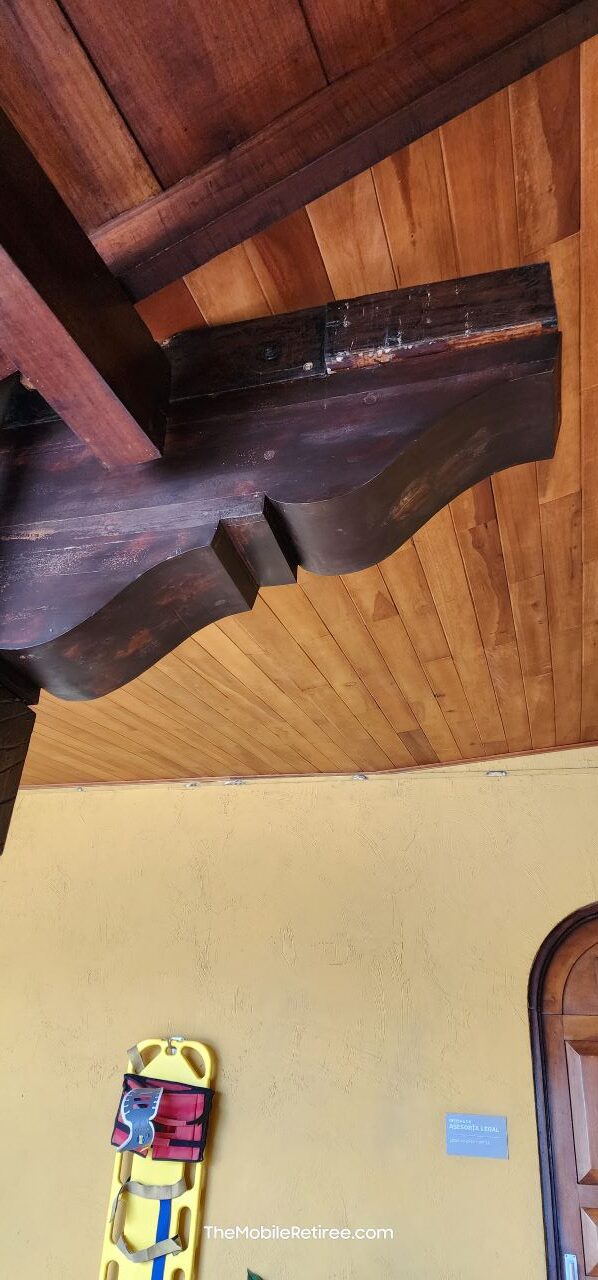
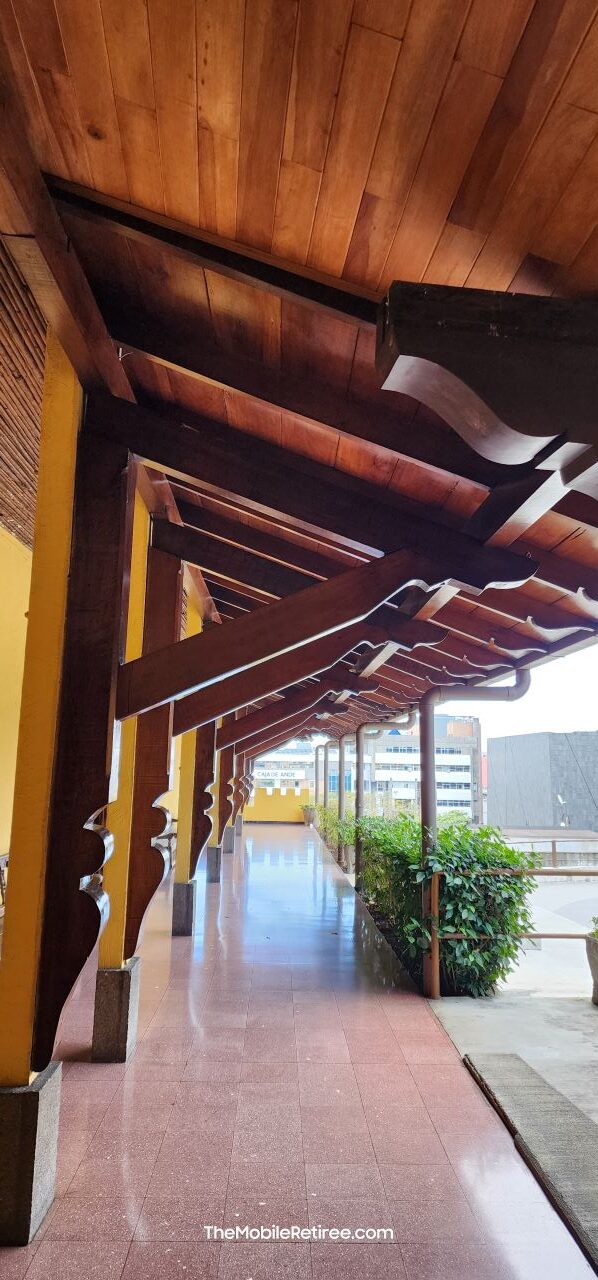
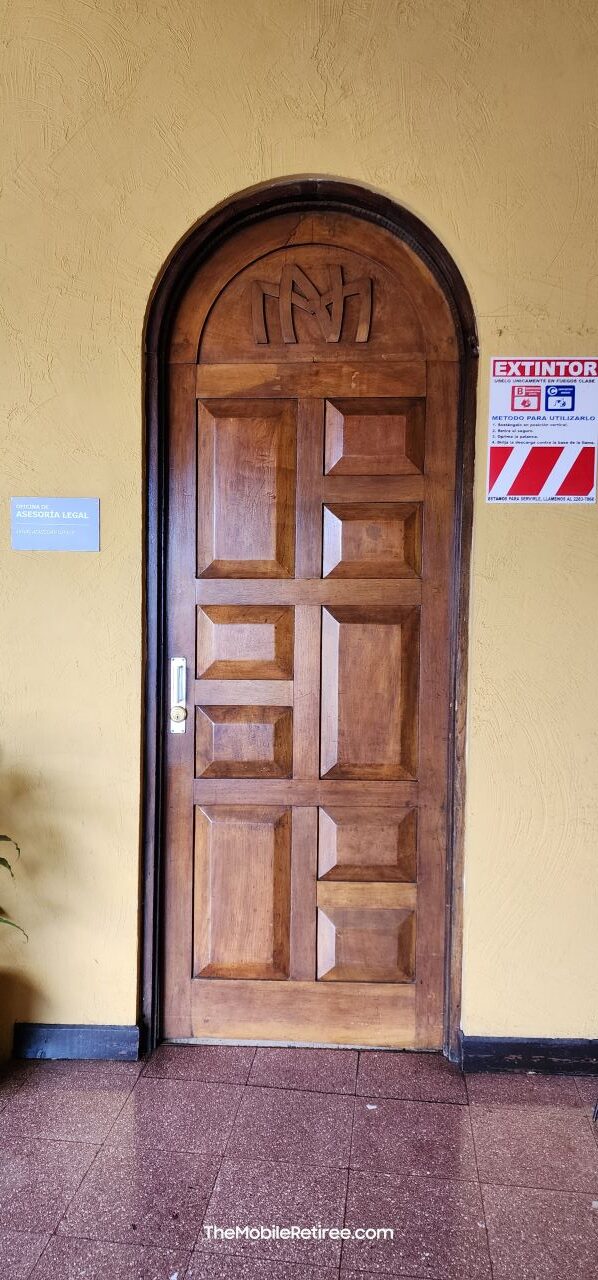
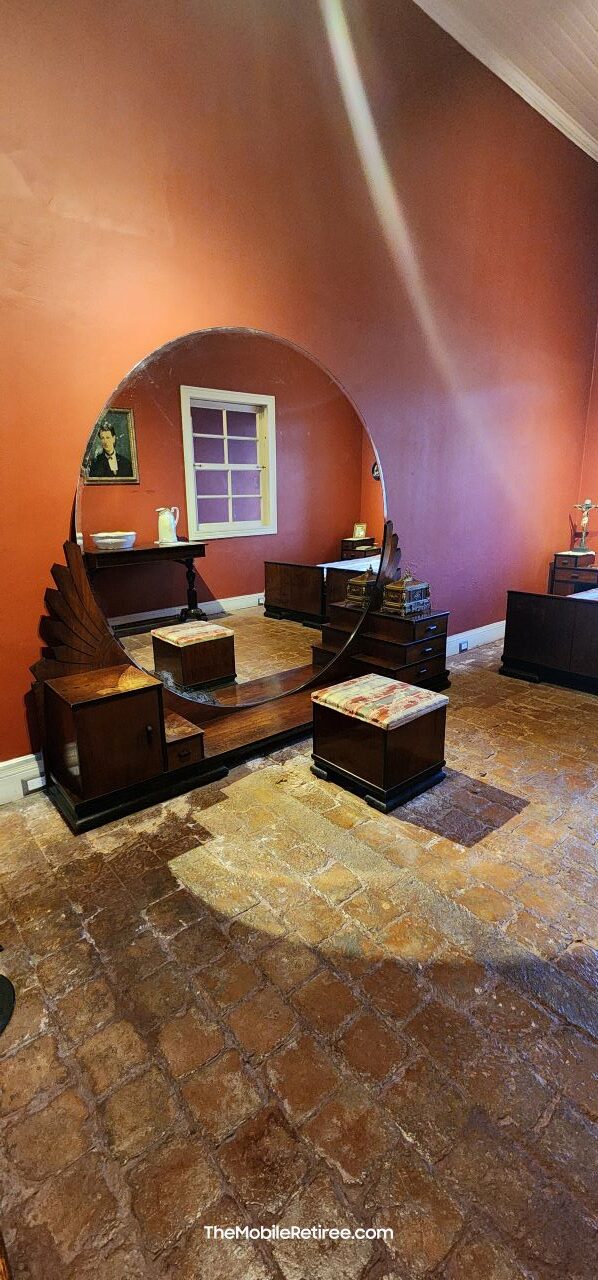
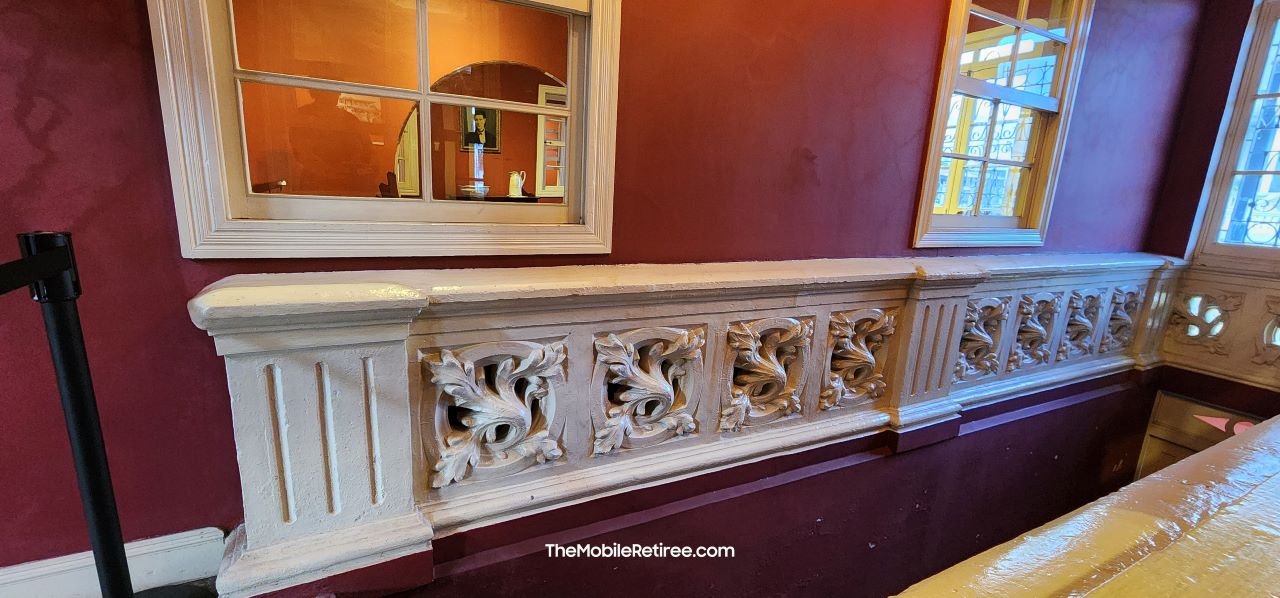
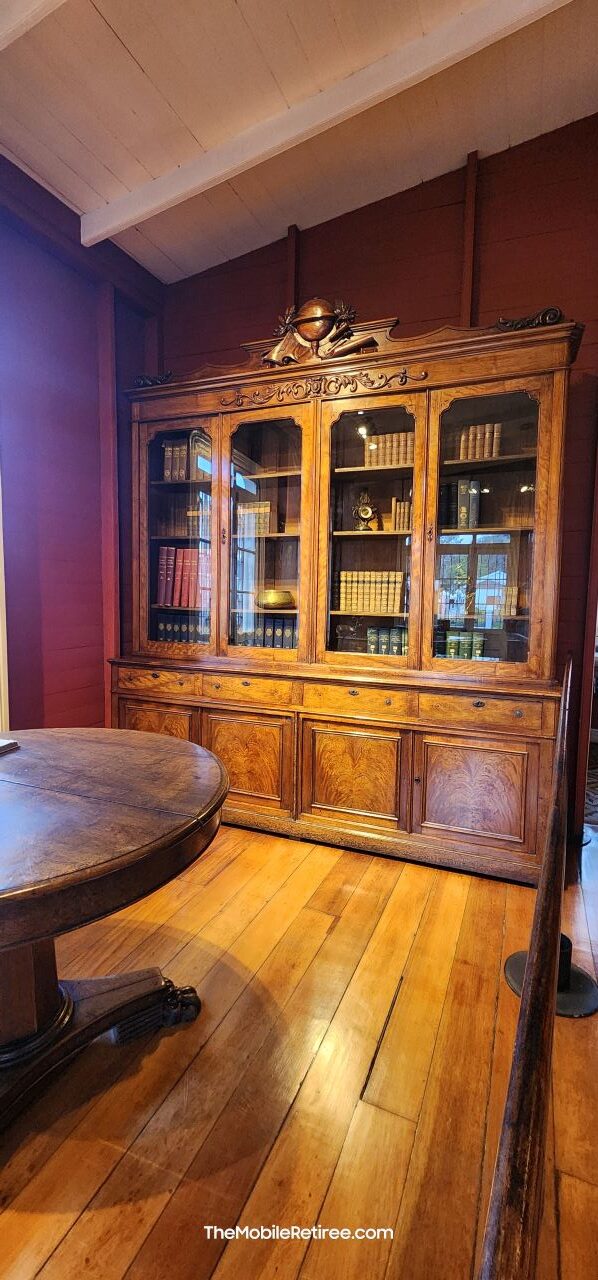
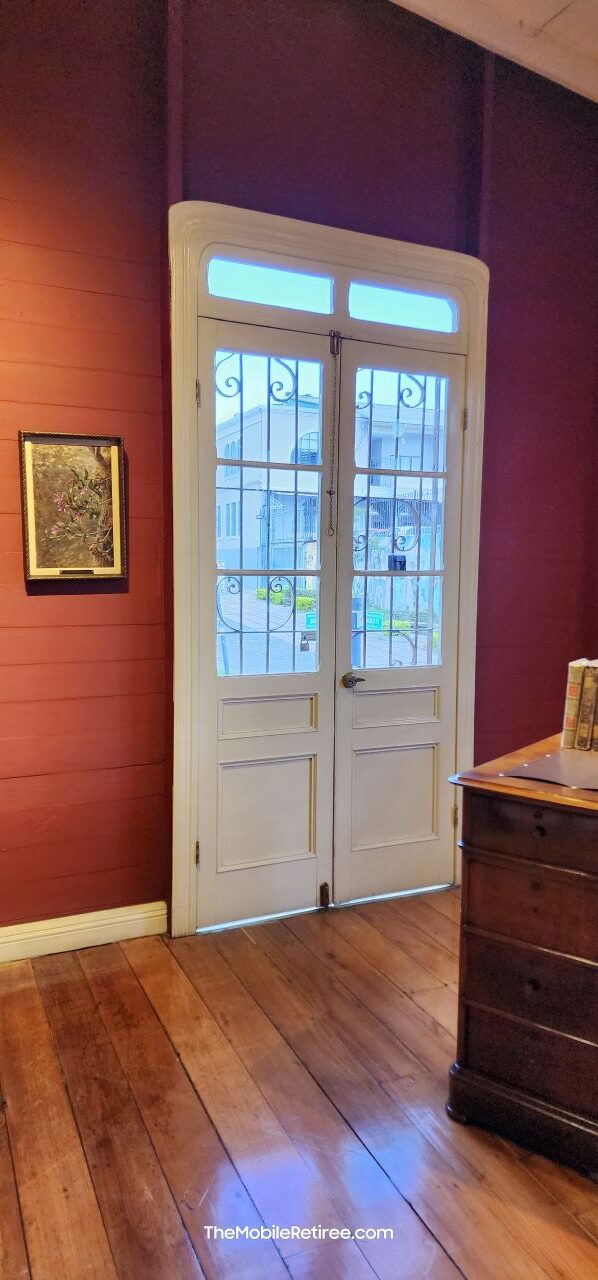
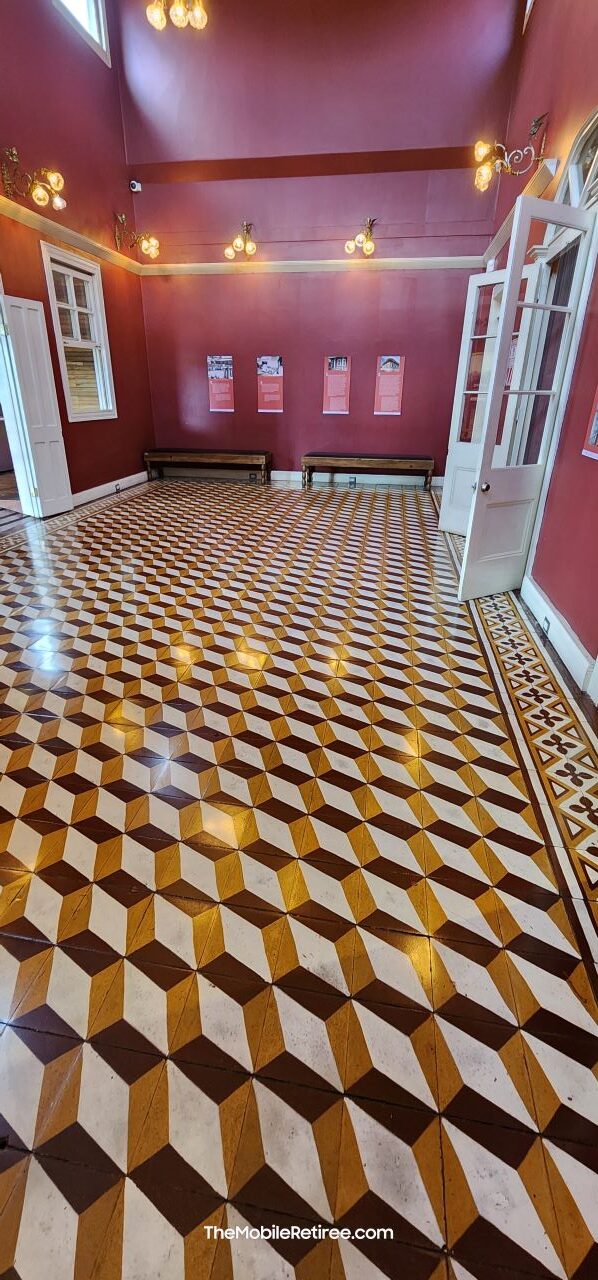
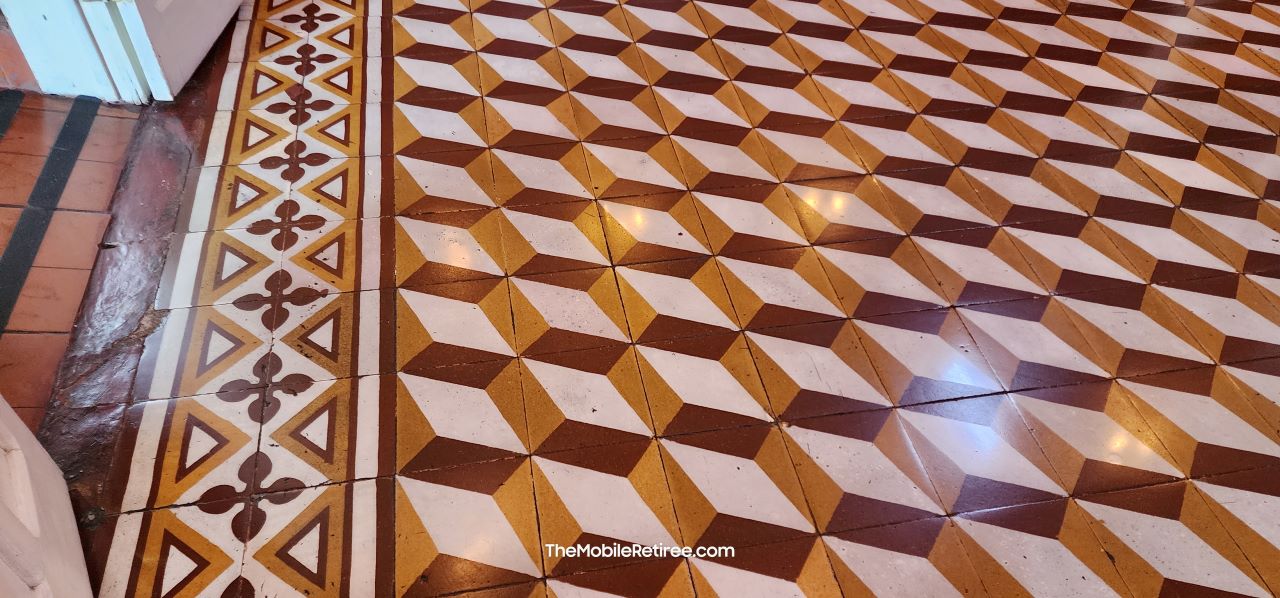
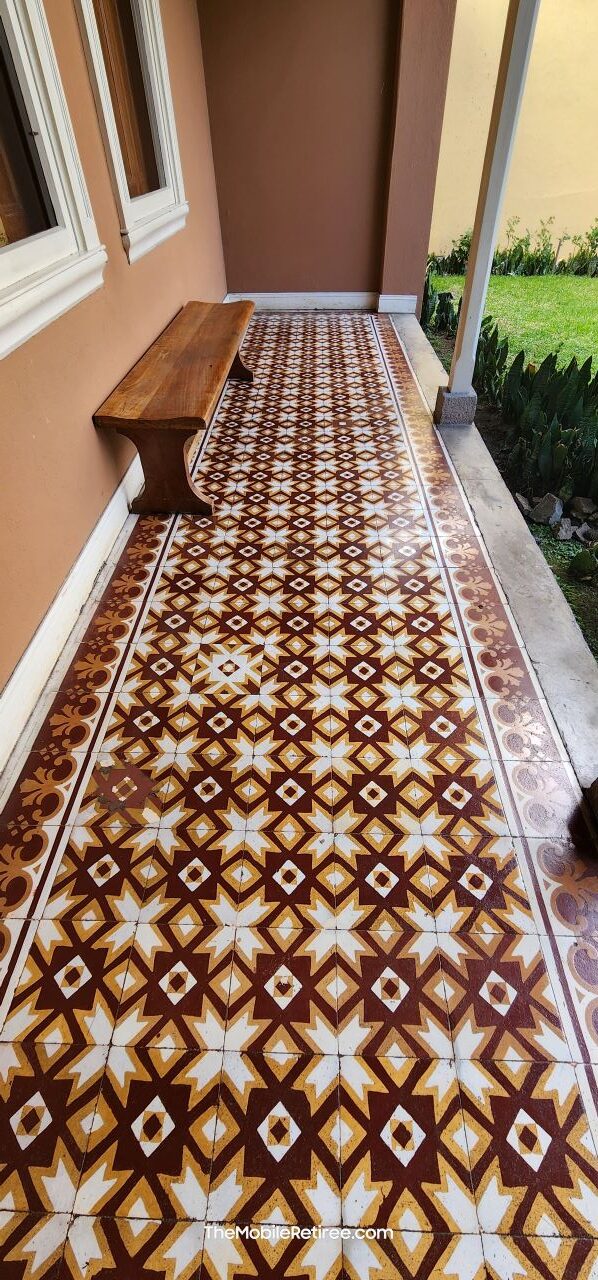
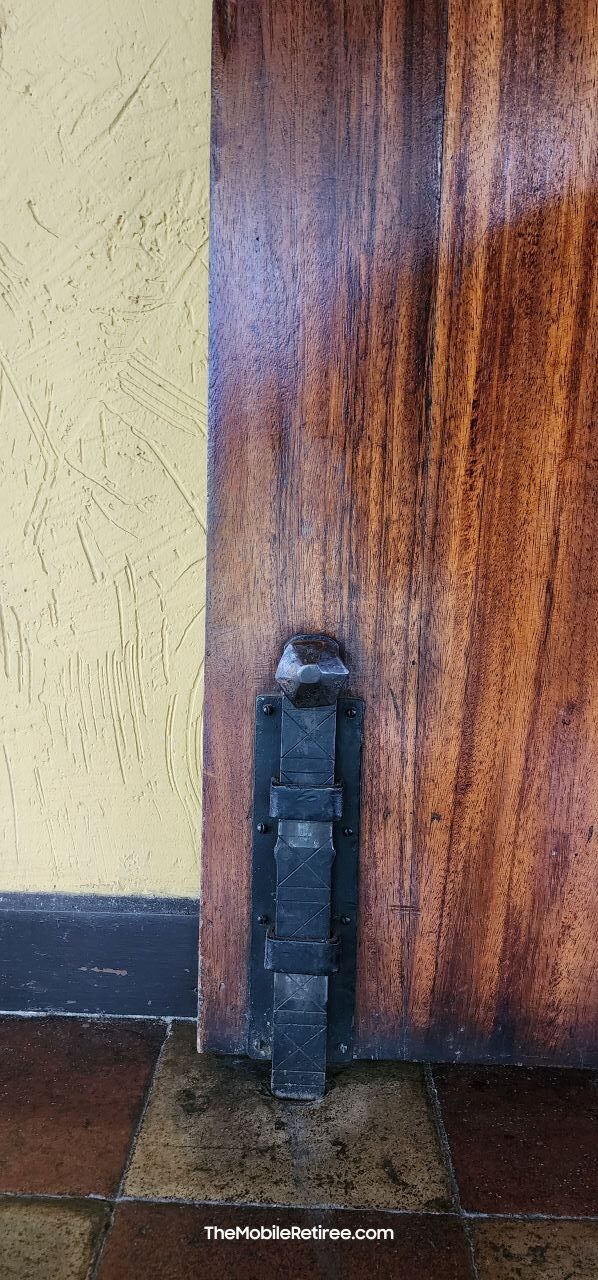
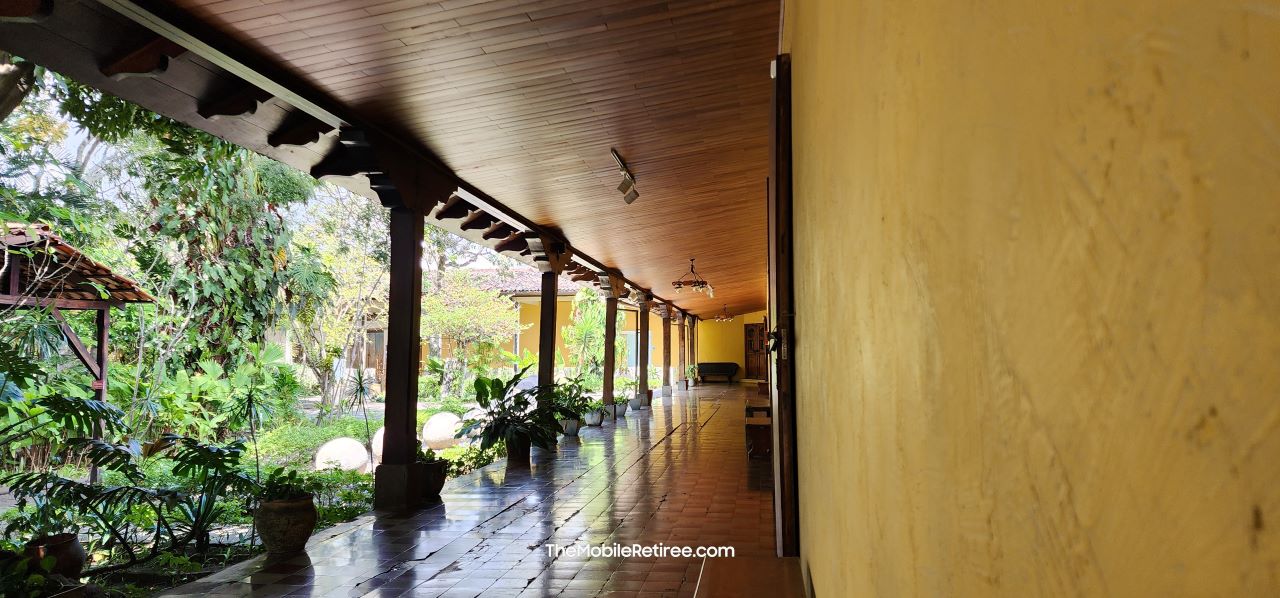
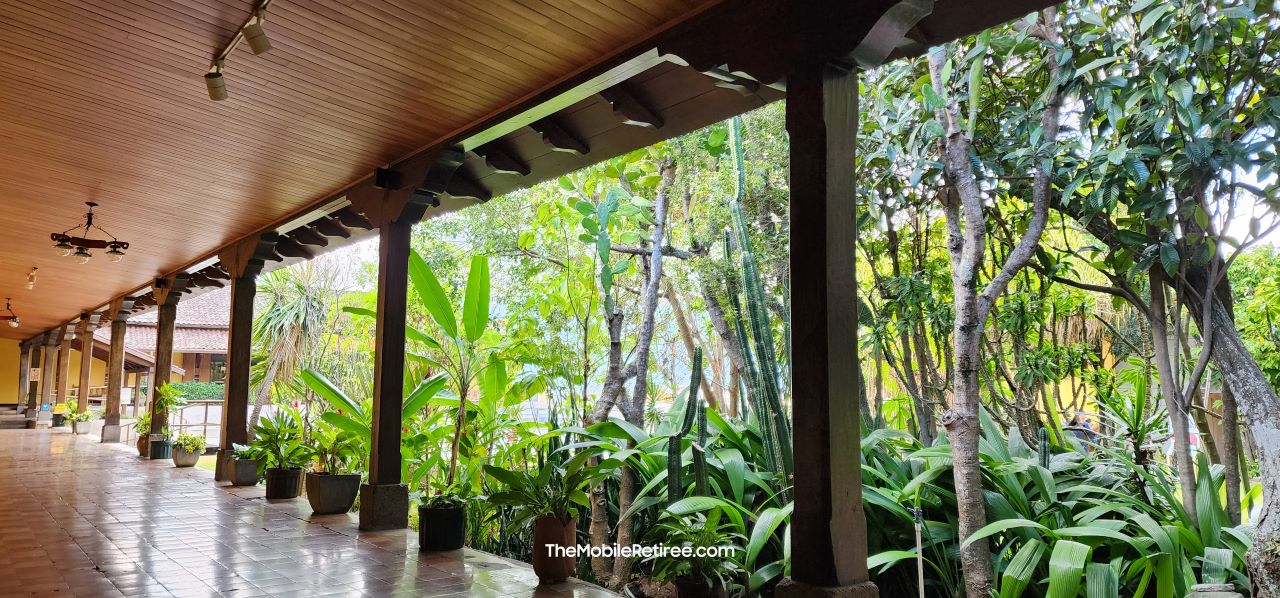
The preservation of architectural heritage is clearly a point of pride for Costa Rica, and the National Museum is a shining example of how a historic structure can be repurposed for cultural enlightenment.
How long will a visit to the National Museum of Costa Rica take?
We spent two and a half hours here and could easily go back. There is a lot to experience in the National Museum and a lot of ground to cover including the butterfly garden. If you love architecture and history this is a must see!
As part of a couple day itinerary in San Jose it is well worth the time and expense; we were inside for about 2-1/2 hours and it was US$22 for both of us. In fact, if you only had one day in San Jose, visiting the National Museum of Costa Rica makes up for missing the Jade Museum, the bank museum and the gold museum. If you only have time to visit ONE must see attraction, we recommend going to the National Museum of Costa Rica.


